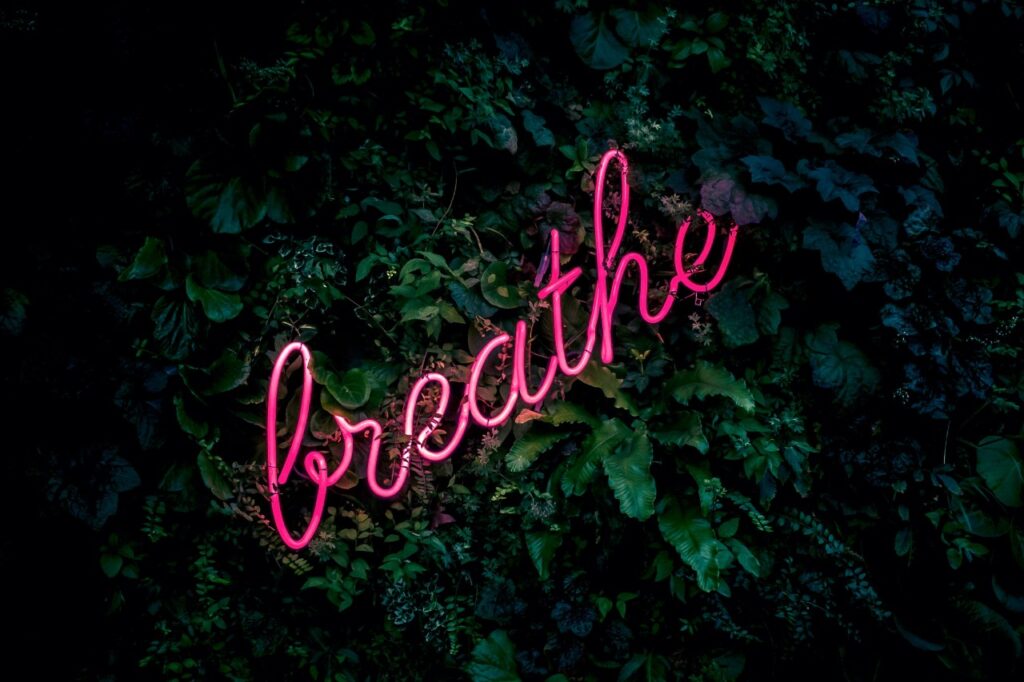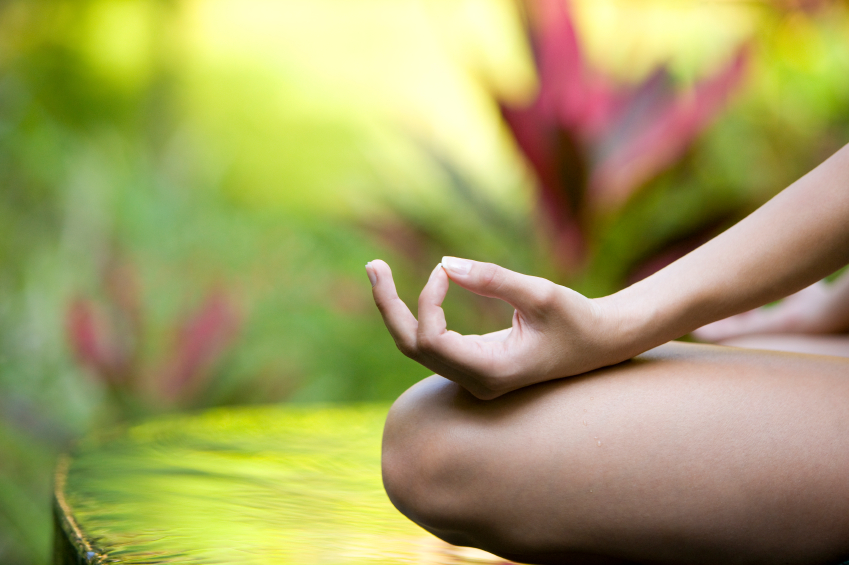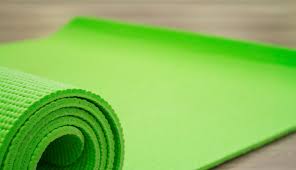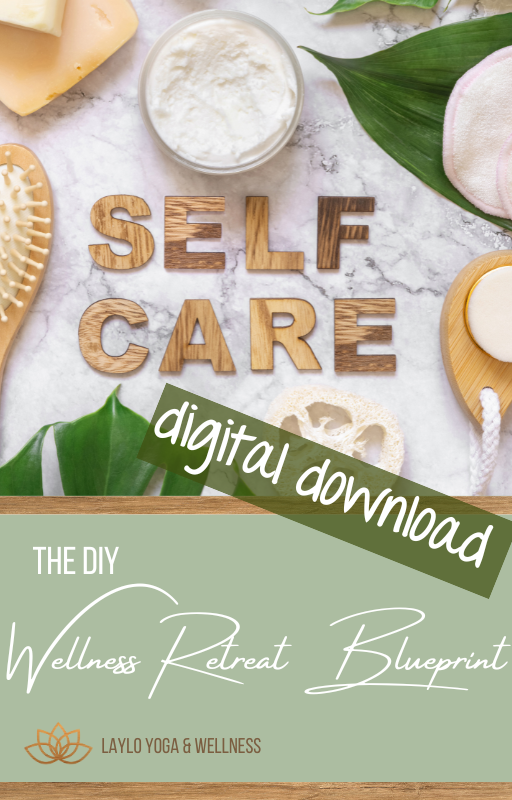Here we are – Yoga Retreat Specialist!
It has been a long journey from Hairdresser to Retreat Specialist. Honestly, I wouldn’t trade any of it. Life is a journey, and a big part of it is discovering what YOUR why is and how you can best support that.
I discovered early on, as a hairdresser, that my why involved helping people feel good in their own skin. How they looked, how they felt about themselves, and how those things influenced their confidence. As a hairdresser, it was about having a great hair day every day. When I became a Fitness Instructor, it was/is about feeling strong and being able to do the things you wanted to do in life, without your fitness holding you back.
As my executive career wound down, it felt natural to turn to yoga as the next evolution of my life and career. It feels like a true merging of that external and internal world, with a healthy dose of mental and emotional connection thrown into the mix.
Retreats vs. Studio
After a lot of thought – and a number of business plans later – I decided to focus my efforts on providing yoga and wellness retreats.
Studio
While I love the idea of opening a studio, there were too many cons on my pros/cons list.
- If the pandemic response taught me anything, it’s that your physical location could be shut down at any time. While some landlords worked with their tenants, others did not. I saw more than a few friends and colleagues lose their life’s work (and savings!) and have no real recompense for it.
- A studio for me would need to be multi-purpose. I would want several different studios under one roof and that means $$$! A tremendous amount of funding and business partnerships would need to take place. At this point in life, I wanted to do things my way, and not answer to anyone else apart from my clients and members
- Part of my vision for the future involves travel! I want to see as much of the world as I can before I leave it. That is more challenging when you are anchored in one spot by a physical space
Retreat Specialist
On the other hand, running retreats and being a yoga & wellness retreat specialist, did not have the same issues.
- Retreats can go where the open zones are! No closures other than travel restrictions. Since you are not running a retreat every weekend, the business impact would be far less should something like the pandemic occur again
- Retreats can each be focused on my areas of passion:
- serving interested and newer yogis, to give them a great start in their practice
- supporting people dealing with stress, anxiety, and/or trauma
- finding space in our lives to disconnect from our ever-present devices and screens
- creating community in our increasingly isolated world
- Adventure through Yoga!! Retreats allow us to experience the joys of travel. We get to immerse ourselves in our surroundings in a deep, mindful way. Combining adventure and wellness – what could be better?
Let the adventures begin!
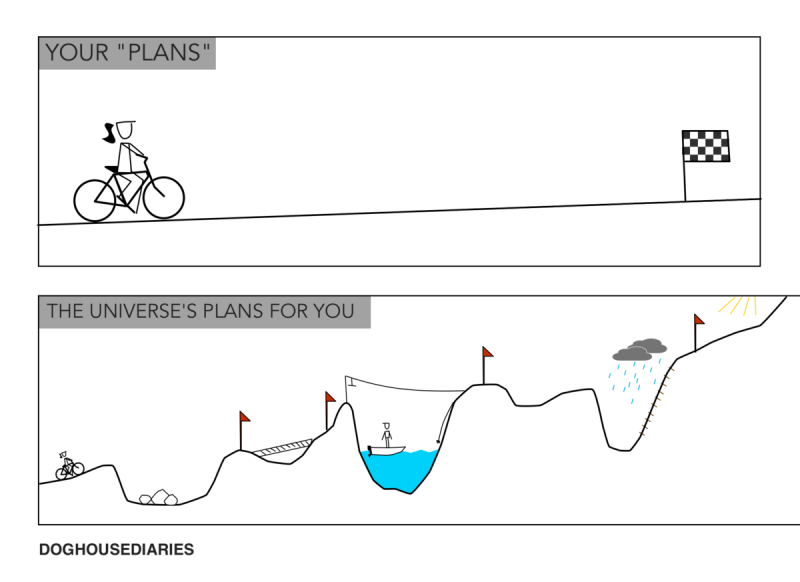
I hope you have enjoyed this peek into my life and career. It has not been a straight line and certainly has not been without some major obstacles and setbacks.
Every step of the way, I have learned some valuable lessons. I have been refined, sometimes by fire, in my understanding of what makes me tick.
Understanding myself has led me to know how important it is to me to serve others. I’ve learned so many important business lessons along the way.
And I know that this is the path I want to continue on. Retirement is not the end; it is the beginning!! I still have lessons to learn, things to discover, and, I am sure, more refinements to make. Retreat Specialist is just the start.
But I know I am on the right path for me.
Want to come along for the ride?
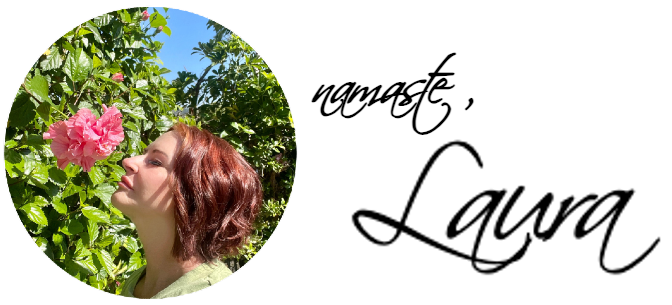
P.S. Let’s be besties!! Follow us on Instagram, Facebook, and Pinterest, and join the LAYLO Shala to get the latest news and insider goodies 😍






